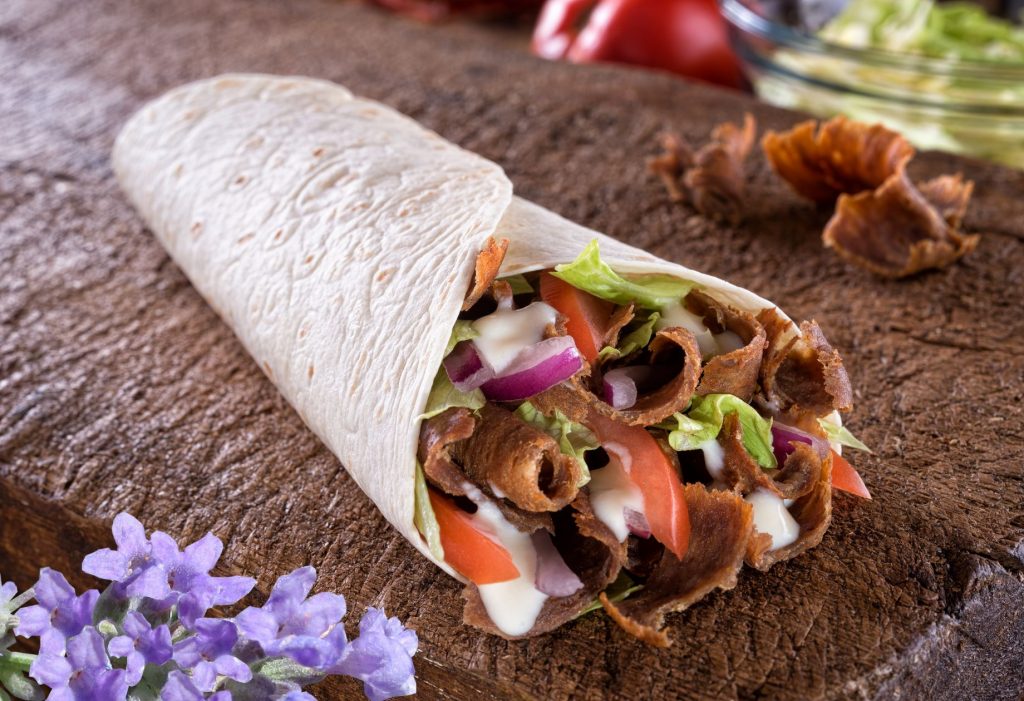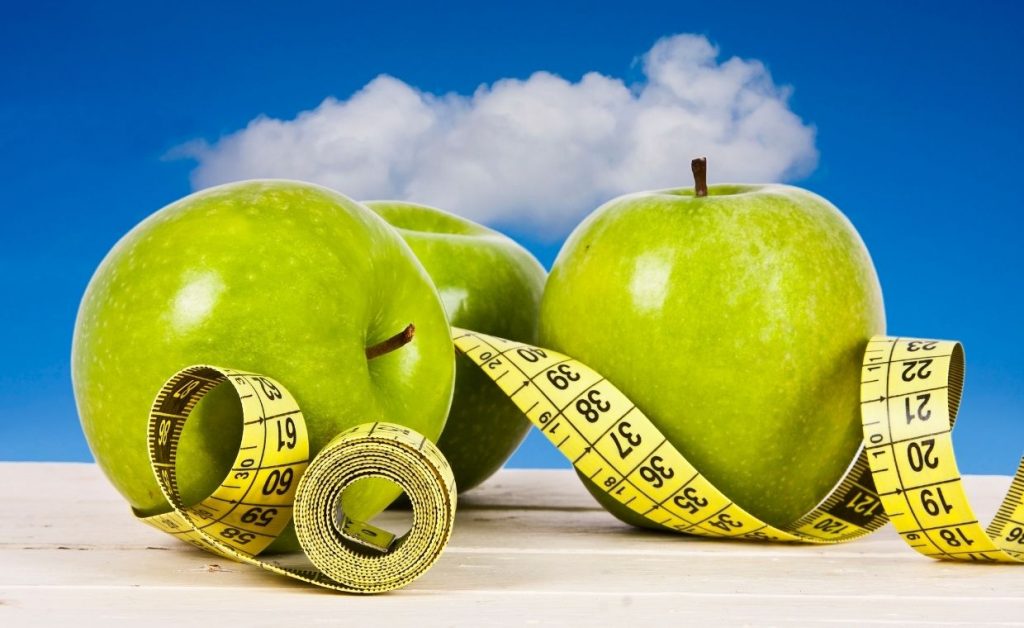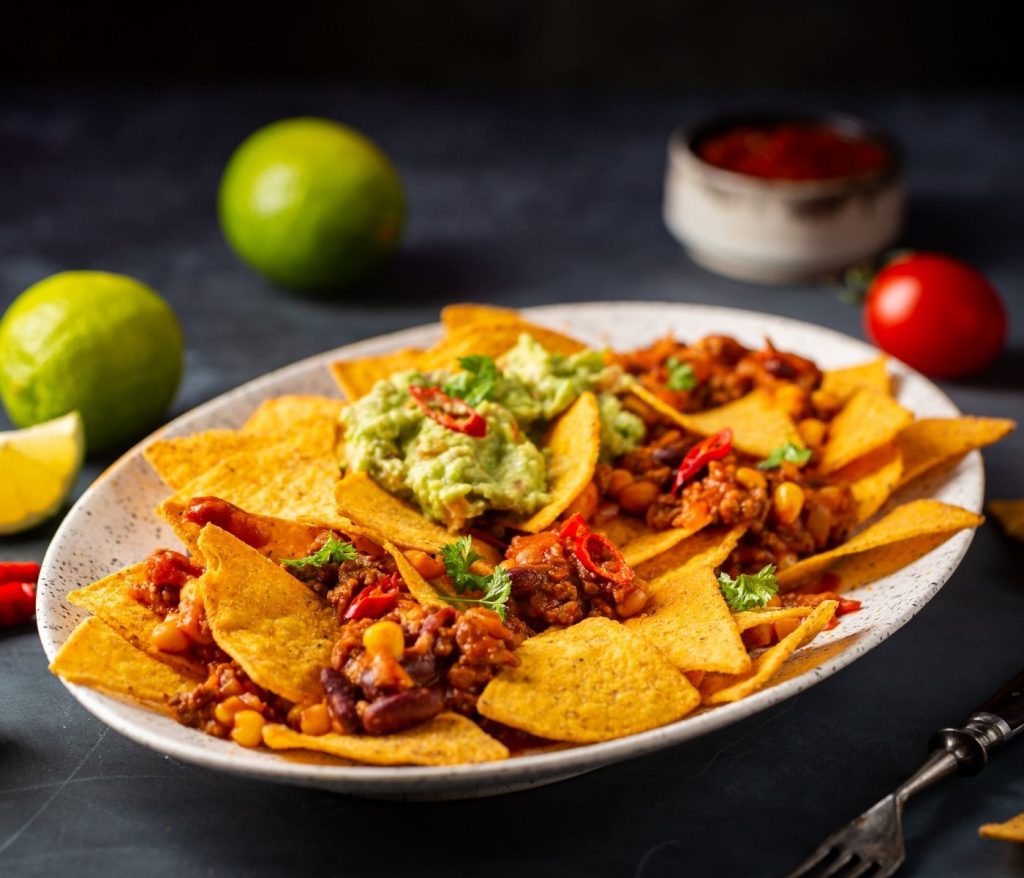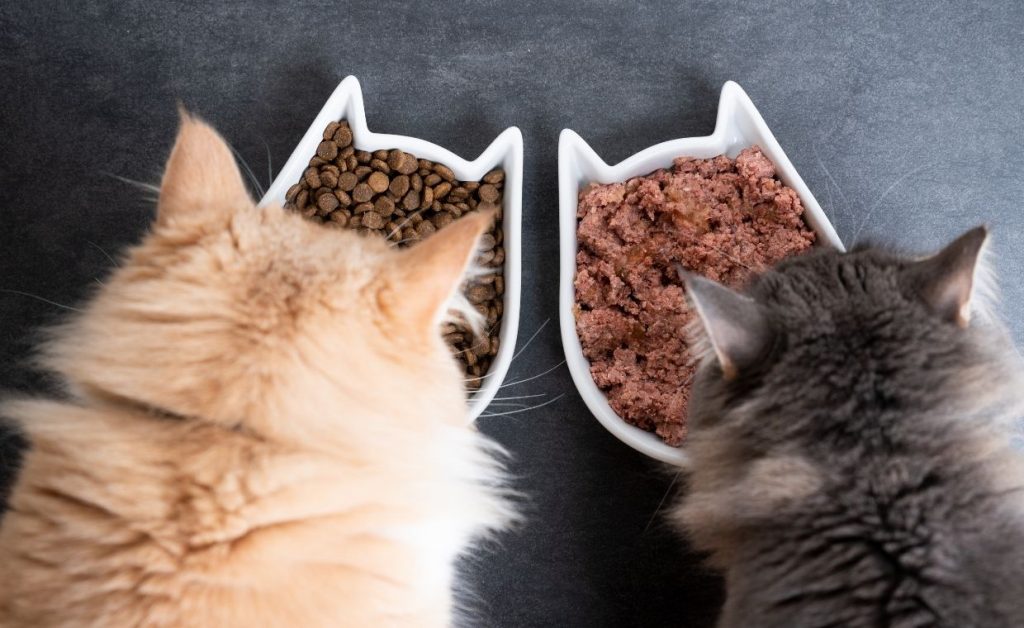Australian Dietary Trends
Recent data reveals concerning shifts in Australia’s dietary habits, indicating a growing preference for junk food alongside diminishing fruit consumption, contradicting the nation’s health targets for 2030. Despite ongoing public health campaigns advocating healthier eating, the latest statistics show Australians are moving away from nutritional guidelines set by the National Preventive Health Strategy, which prioritizes boosting fruit and vegetable intake and reducing discretionary food consumption. Projections suggest that by 2030, Australians will consume significantly fewer fruits, with daily servings expected to drop by nearly 10%, reaching only 1.3 servings per day. Vegetable intake, however, appears more stable, maintaining an average of 3.7 servings daily. Nevertheless, this figure remains substantially below the recommended five daily servings outlined by health authorities. Simultaneously, the consumption of discretionary foods—often high in sugar, salt, and unhealthy fats—is predicted to surge by approximately 18%, exacerbating nutritional concerns. Analyzing the dietary patterns based on gender, women face pronounced shifts, with fruit consumption forecasted to decline by 13.2% by 2030. Additionally, women’s consumption of discretionary food items is expected to increase by more than a fifth (21.6%), suggesting significant implications for public health and chronic disease management. Men are also anticipated to increase their intake of discretionary foods markedly, potentially reaching around 6.3 servings daily, further intensifying health risks such as obesity and cardiovascular disease. Age-specific analyses reveal diverse dietary behaviors. Adults aged over 30, particularly those in the 71-and-older category, are exhibiting notable declines in their fruit and vegetable consumption. This demographic shift raises significant health concerns, as older adults require nutrient-rich diets to maintain physical well-being and cognitive function. In contrast, younger Australians aged 18 to 30 show a paradoxical pattern, increasing their consumption of both healthier foods and discretionary items. Despite these increases, their intake of fruits and vegetables still falls short of the recommended guidelines, highlighting an ongoing nutritional gap among youth. The data underpinning these findings is derived from an extensive analysis of dietary behaviors involving more than 275,000 participants, utilizing the CSIRO Healthy Diet Score survey. Researchers employed sophisticated statistical modeling, specifically generalized linear models, to predict future dietary trends and their potential health impacts accurately. These emerging dietary trends underline a crucial need for further research into the underlying factors influencing Australians’ eating habits. Social trends, economic pressures, affordability, accessibility, and shifts in lifestyle choices are likely key determinants driving these unhealthy dietary behaviors. Health professionals emphasize the importance of tailored, evidence-based interventions aimed at encouraging healthier dietary choices across all demographics, focusing on enhancing public awareness and improving the affordability and accessibility of nutritious food options. Moving forward, addressing these dietary challenges will require collaborative efforts involving policymakers, healthcare providers, nutritionists, and community leaders. Prioritizing education, targeted public health initiatives, and supporting economically accessible, nutritious alternatives could help reverse the current trajectory, ensuring healthier dietary practices among Australians and moving closer to achieving national health targets by 2030.









